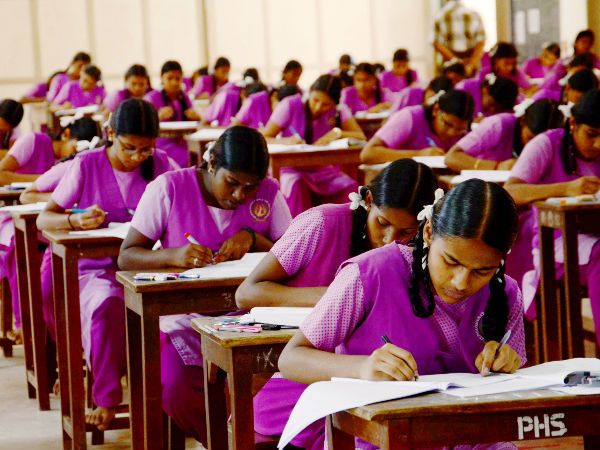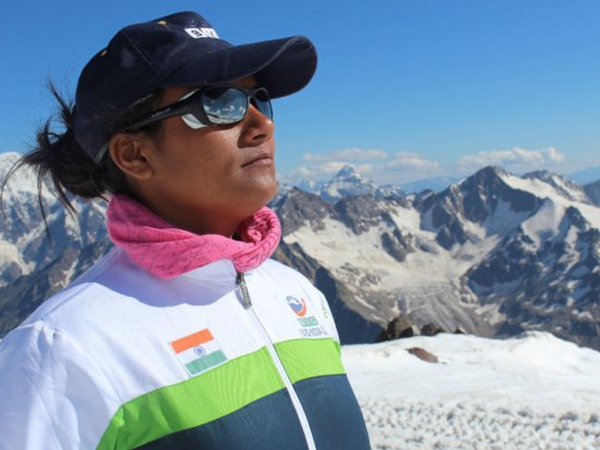
For every 1000 teenage girls in India, 76 of girls get pregnant between the ages of 15 to 19. The United Nations report ranks India and Bangladesh as the highest in terms of adolescent pregnancies. Every year forty lakh teenage girls in India have babies, and the numbers are fast-rising.
The statistics are worrying not just on a population census level but overall health and lifestyle of the teenage mothers and their children. According to World Health Organization, stillbirths and newborn deaths are 50 per cent more likely among infants of teenage mothers than the ones aged between 20 to 29. The babies who survive tend to have low birth weight or are premature compared to those born to women in their 20s. Underage marriage and teen pregnancy leads to a high number of deaths. On an average, some 70,000 teen girls die every year from complications that result from early pregnancy, and during childbirth.
The practice of teenage pregnancies in India can be blamed on the deep-set practice of child marriage, where a girl is extremely likely to be married before she is 18, and have a child immediately. UN reports state that nearly half of the women in Indian marry under the age of 18, even though the practice is outlawed in the country. The cultural acceptance of child marriages makes it difficult to fight the battle.
But fight it, we must.
A recent case in Yavatmal district had 400 teenage girls getting pregnant and having children. The information, obtained from a Public Interest Litigation (PIL) filed by Adiwasi Samaj Kriti Samiti Trust points out that most of these teenage girls did not even know the name of the father of their child; they were using the name of their own fathers, the actual grandfathers, on government certificates.
One way to tackle the deeply rooted practice of child marriage is to go back to India’s most debated topic: sex education in schools. The debate has divided India into two – one group that is pushing for the inclusion of it in the school curriculum, and the others who are busy engaging in public protests citing the darker side of exposing young minds to sex.
Going by the data given out by WHO, sex education should be imparted to children who are 12 years and above. The reason it has to be done at the onset of teenage is because India holds a static of having 34 per cent of HIV infected patients coming in from the age group of 12 to 19 years. In spite of such alarming data, schools in India continue to turn a deaf year to sex education.
In fact the sex education in our country has never been inclusive. The 1950s saw a rise in family awareness programmes due to the growing concern for population growth. However, it was only in 1980 that the government took a legal step and launched the National Population Education project. We saw textbooks promoting the idea of a small family, highlighting the fact that a bigger family often led to poverty. It was in 1994 that the concern shifted from population control to curbing AIDS. In 2006, the government launched the Adolescent Education Programme with UNICEF and National AIDS Control Organisation (NACO), but scrapped it a year later.
Comprehensive sex education, dealing with safe sex, sexual abuse and personal hygiene can help the present generation avoid the age old cultural pitfalls and health hazards. A physiological and psychological education programme will ensure that the individual thinks about the act of sex and its repercussion in more serious and logical terms. Instead of getting their knowledge from the wide world of the Internet and facts gathered from immature conversations, sex education simply teaches youngsters to treat their bodies with respect!
Image courtesy: BCCL
More On >> Balancing Act




